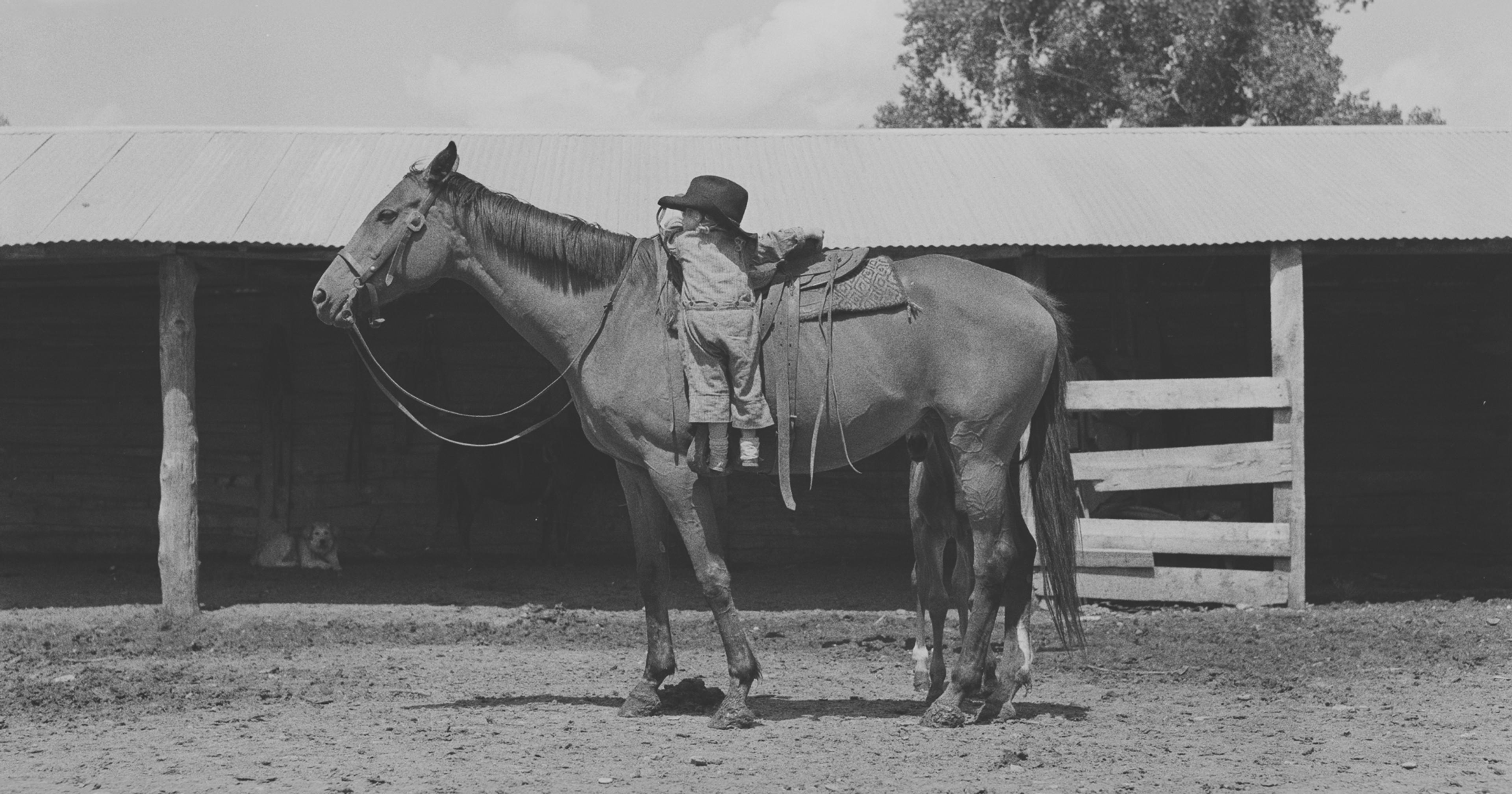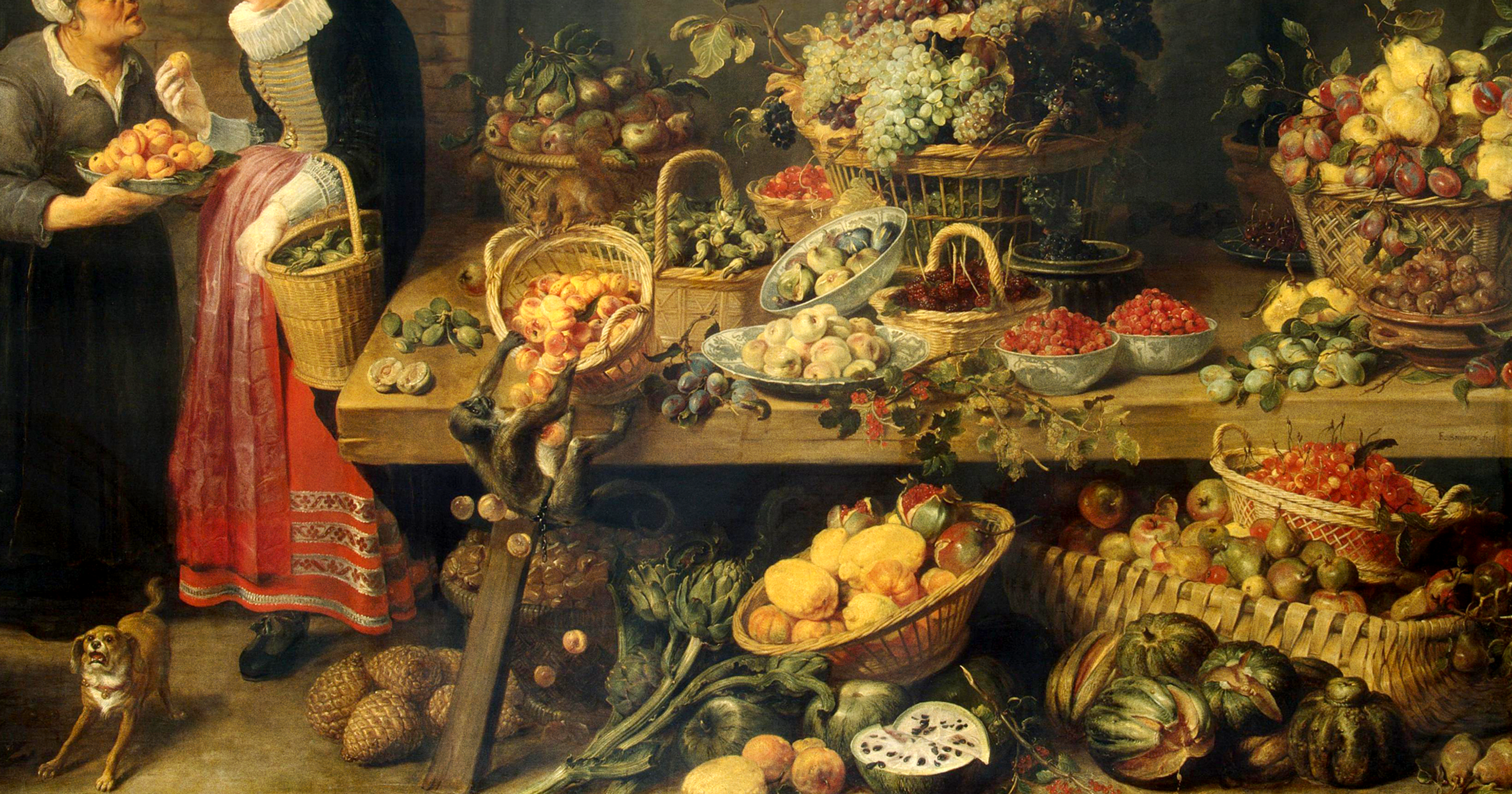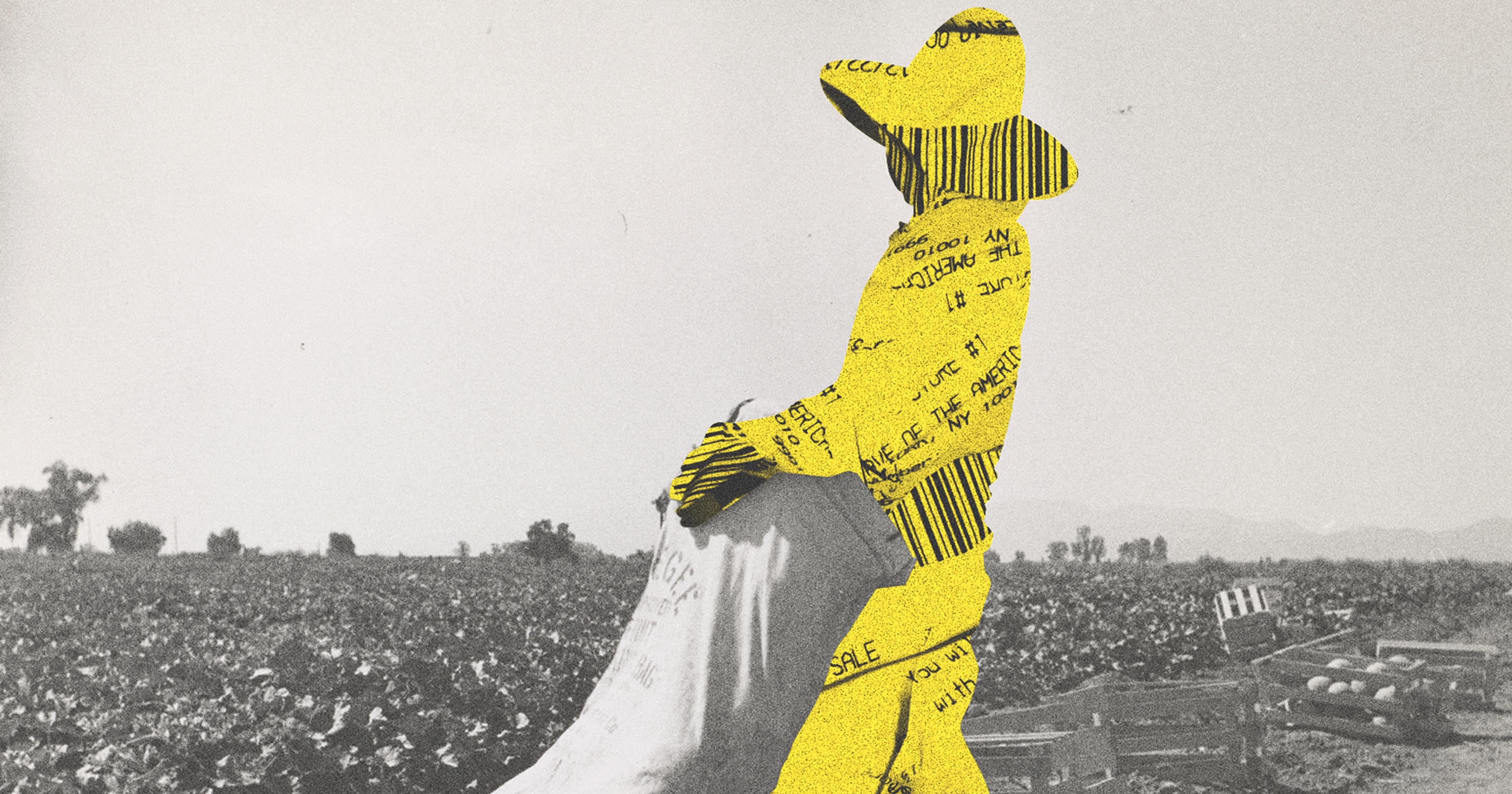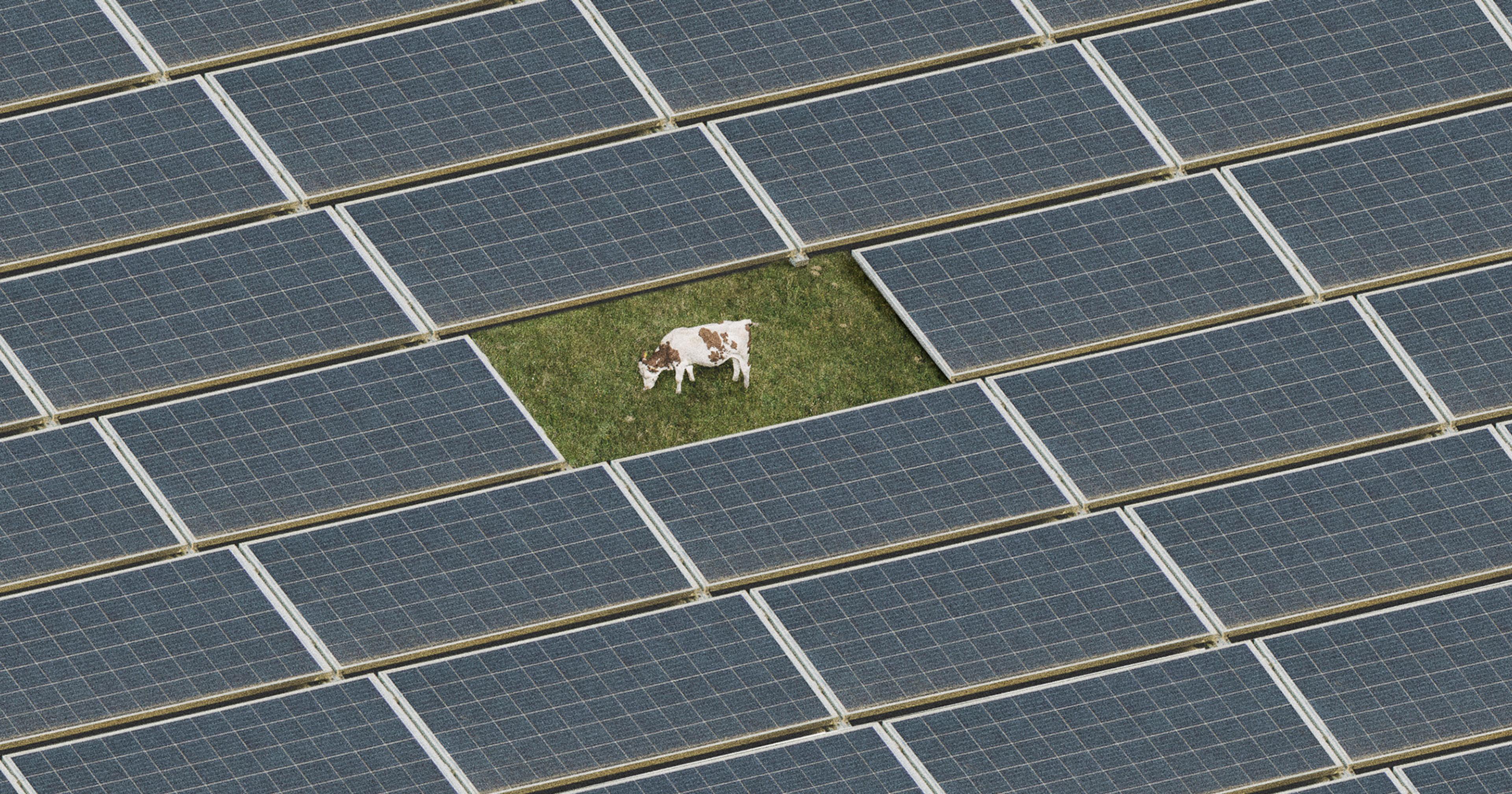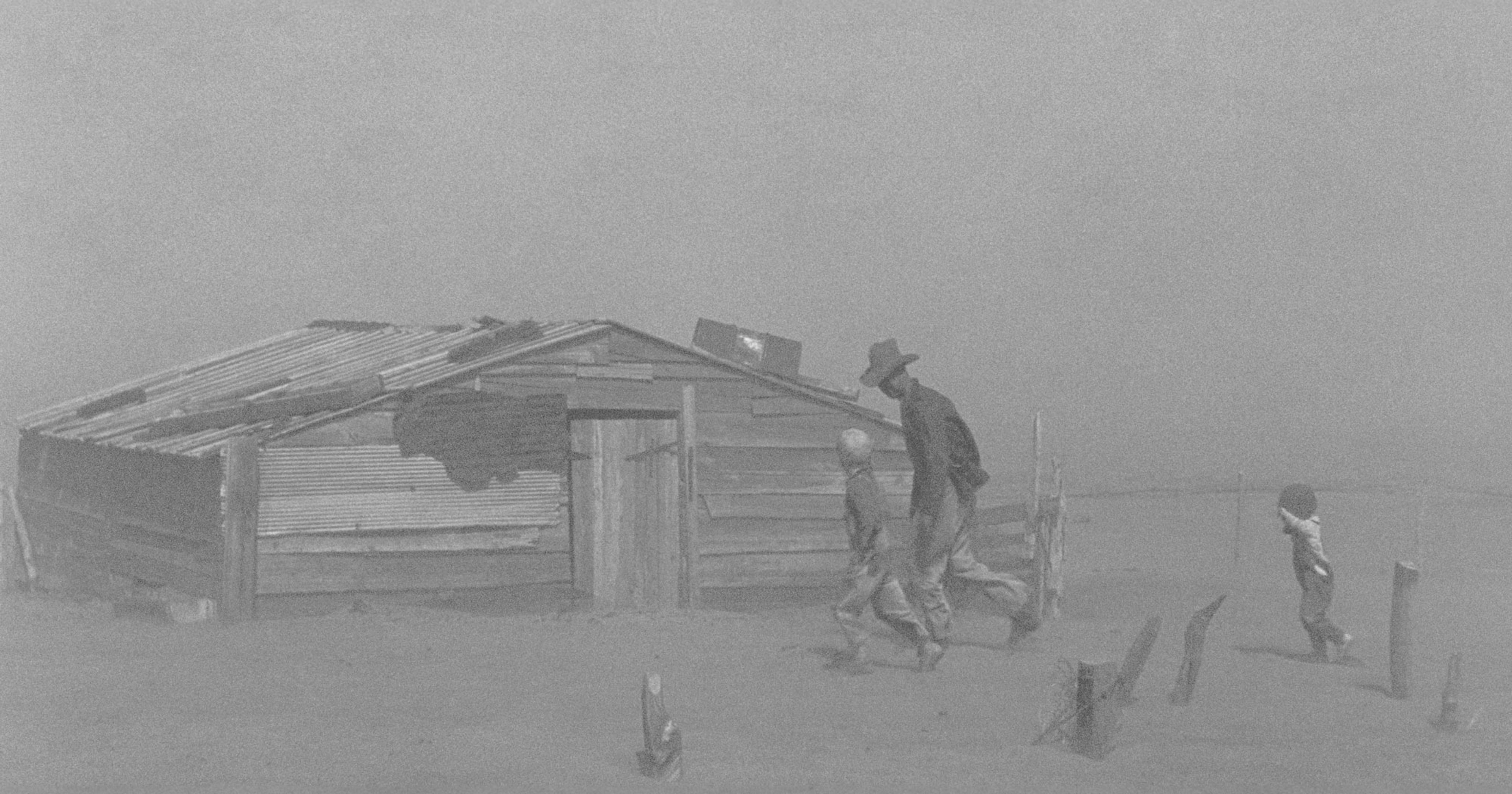They have proven benefits in slowing erosion and improving soil health, making them central to the regenerative ag movement. But a new report questions their efficacy in mitigating climate change.
When Indiana row crop farmer Aaron Krueger planted oats and radishes in 2018, his goal was to stop soil erosion. Because of how the land had been farmed previously, water was running right off the topsoil instead of penetrating the ground.
“There was a lot of sheet and rill erosion,” Krueger said. “I got tired of seeing that.”
But planting cover crops soon became more than a way to combat erosion: Krueger also saw increased earthworms and porosity, which helps move water and air through the soil. Now he manages a conservation cropping system that includes cover crops and no-till practices. He’s reduced herbicide and insecticide use and hopes to add cattle to graze the cover crops in winter.
Cover crops are very much in fashion at the moment, gaining high-profile endorsements from celebrities and politicians — not just practitioners like Krueger. But beyond the provable benefits, they’re also being sold as the next big thing in climate change mitigation; the U.S. Department of Agriculture (USDA) is investing billions in cover crop promotion to address climate goals.
The Breakthrough Institute, a controversial climate think tank known for floating heterodox ideas, recently released a report that questions whether cover crops deserve such a high level of funding and attention — the institute estimates $2.5 billion of the USDA’s $19.5 billion from the Inflation Reduction Act will be directed to farmers for planting cover crops. They argue our mitigation efforts would be better directed toward practices like improved fertilizer management and modifying livestock feed.
Talk to farmers like Krueger and you’ll have no doubt about the overall value of cover crops in sustainable farm management plans. But is there any truth in the critique?
Other Ways to Tackle Greenhouse Gasses
In the recent report, Dan Blaustein-Rejto, director of The Breakthrough Institute’s food and agriculture program, argued that because cover crops don’t demonstrate as strong a direct climate change benefit as other practices, climate-change funding should be diverted to those other practices.
“The climate mitigation benefits of cover crops are being overstated,” Blaustein-Rejto said. “The carbon sequestration benefits, in particular, are really overstated. Money that’s focused on climate mitigation could probably have a bigger bang for the buck if it was directed elsewhere.”
Blaustein-Rejto supports cover crops for soil erosion reduction and water quality improvement, and he supports using government funds toward their adoption. But he wants to see more rigorous, quantitative studies that demonstrate cover crops reduce emissions of gasses like carbon dioxide, methane, and nitrous oxide before farmers receive funds to plant them.
“The climate mitigation benefits of cover crops are being overstated.”
“It’s frustrating that they’re not able to identify first what would be the most effective in terms of using this money,” Blaustein-Rejto said.
Blaustein-Rejto said that while carbon sequestration has a role to play in climate-change mitigation, practices like nutrient management and agroforestry should receive more funds because of their direct climate mitigation benefits. He added there are also several ways to reduce methane emissions, such as manure lagoon covers or anaerobic digesters that create energy from manure.
“There’s a whole suite of new approaches to cut those enteric methane emissions from cattle, like feed additives,” Blaustein-Rejto said. “People are starting to invest more money to develop vaccines that might be able to reduce methane emissions.”
Cover Crops and Climate Resilience
For proponents of cover crops, these grasses and legumes are part of a systemic approach to farming that improves soil and water quality, which in turn benefits the climate.
Kirsten Workman, senior extension associate for PRO-DAIRY at Cornell, works with dairy and crop producers on nutrient management and environmental sustainability.
“No matter what practice we’re looking at, researchers would say we don’t have enough data yet on any of those,” Workman said. “Cover cropping is a huge win-win-win on so many fronts that disincentivizing on any level is shortsighted.”
She said that cover crops reduce indirect greenhouse gas emissions by keeping nutrients on the farm and reducing the need for fertilizer.
“The idea of cover cropping, helping build a resilient soil and crop system, is not only about emissions, but about resiliency to our increasing extreme weather,” Workman said. “I hate to downplay those benefits, and they’re really hard to quantify.”
“Cover cropping is a huge win-win-win on so many fronts that disincentivizing on any level is shortsighted.”
To increase a farm’s climate resiliency, Gary Bentrup, research landscape planner with the National Agroforestry Center, said that farmers can integrate windbreaks, forest buffers, or silvopasture into their systems. With recent extreme weather events, such as Illinois’ deadly dust storms in May 2023, he said farmers need “all the tools in the toolbox.”
“What best suits the environment, the landscape, and producers’ objectives?” Bentrup said, adding that more frequent extreme weather events require “a multitude of practices to hedge your bets.”
To aid with climate resilience, Blaustein-Rejto wants USDA to develop standards for cover crop management so that the practice truly is climate-smart. For instance, he suggested planting legumes rather than grasses, which would provide nitrogen to subsequent crops, reducing fertilizer and fuel emissions.
Krueger agreed some cover cropping strategies are better than others. Timing and species make a difference. Krueger plants his cover crop mixtures in September or October and lets the plants grow to five feet and three tons of biomass, then rolls them down in May.
On some farms, however, cover crops aren’t planted until November. Then, in March, they’re worked into the soil through tillage or sprayed with herbicide.
“In that case, does that cover crop even have any benefits toward climate change?” Krueger asked. “I don’t know, but I know it’s not having as much benefit as the way I’m managing it.”
“Cover cropping helps producers’ total systems work better, quicker, and longer. That’s a great win for climate.”
Kate MacFarland, an agroforester with the National Agroforestry Center, said that conservation and production practices are most effective when thought of as a system and landscape.
“It’s not an either/or,” MacFarland said. “We can’t do everything all at once, but you can find ways to find practices that fit the conservation goals of an operation, the production goals of the operation, while at the same time preparing that operation for what’s coming in the future.”
Workman said that cover cropping provides benefits for the total farm system.
“Cover cropping helps producers’ total systems work better, quicker, and longer,” she said. “That’s a great win for climate.”
A synergistic system like Krueger’s can also help farmers make improvements to their operations. And when the system is right, he said, farmers can change microclimates.
“Rather than having these heat islands where the solar radiation is bouncing back up into the atmosphere, you would essentially be absorbing it into the plants,” Krueger said. “Regardless of anything that man has ever created, the greatest carbon-capturing machine that there is on the face of the planet Earth is a plant.”
A Climate-Smart Farm with Multiple Benefits
Krueger said farmers’ opinions on planting cover crops vary, from “never going to plant them” to “only will plant them if there’s incentives.”
“If this climate-smart funding deviated from cover crops, I think it would drastically slow down the adoption of these practices,” Krueger said.
While not disagreeing, Blaustein-Rejto said that the future demands creative thinking around climate change.
“There really is a huge need for innovation in the development of new technologies and practices,” he said, “and much more data to develop the next generation of climate-smart farming practices and climate-smart farms.”
“If this climate-smart funding deviated from cover crops, I think it would drastically slow down the adoption of these practices.”
Right now, the most popular pathway to a climate-smart farm is cover crops. Beginning cover croppers are advised to plant them on the back 40 and see how the cover crops affect yields, weed control, and fertilizer needs. Alongside the cover crops, farmers can add more practices to create a conservation cropping system that’s right for his or her farm, as Krueger did.
Cover crops are only one component of the system, and they require good management to show climate-smart benefits. But the choice of what practice to use to mitigate climate change doesn’t have to be an either/or, as MacFarland noted: Multiple climate-smart methods can be used at the farm level.
Along the way, researchers can gather the needed data on these conservation cropping systems’ greenhouse gasses while rural and urban communities reap the benefits of better water and soil quality.





